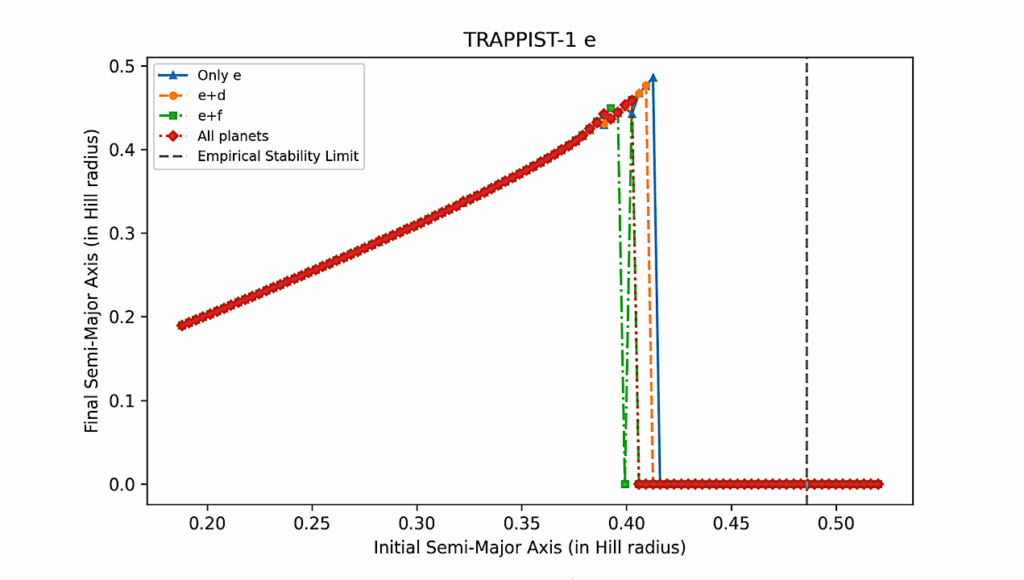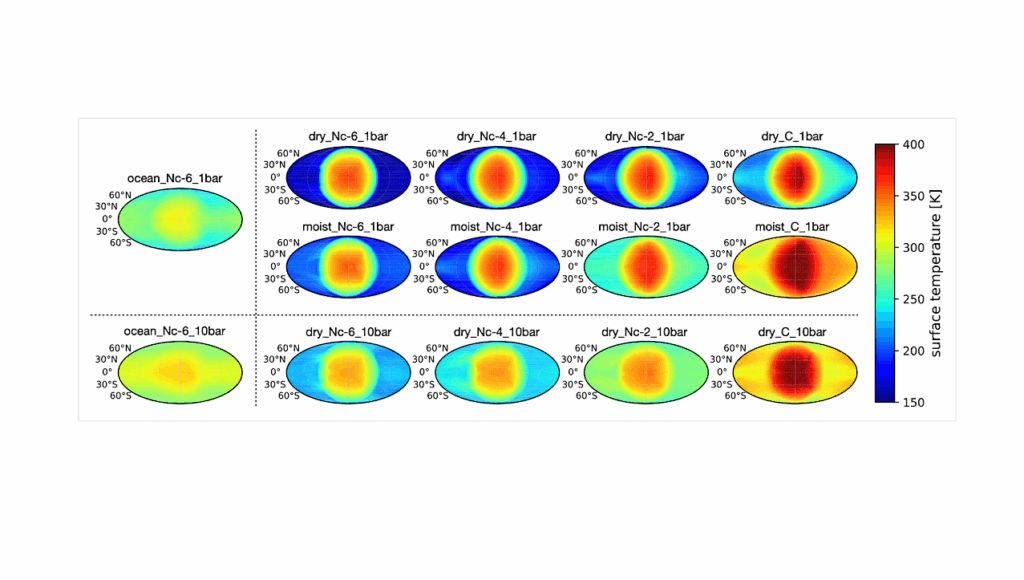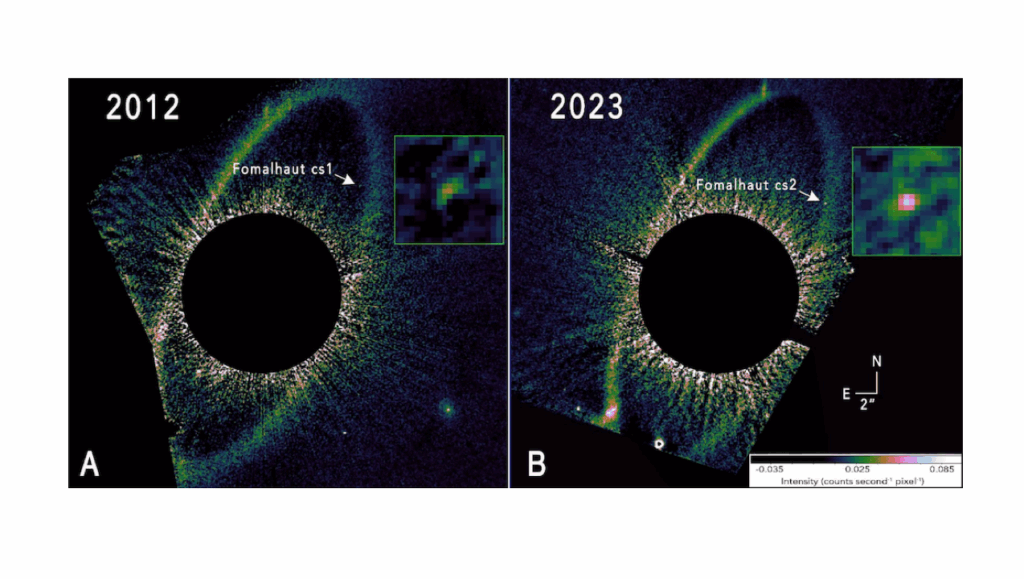Unsupervised Machine Learning for Exploratory Data Analysis of Exoplanet Transmission Spectra

Transit spectroscopy is a powerful tool to decode the chemical composition of the atmospheres of extrasolar planets. In this paper we focus on unsupervised techniques for analyzing spectral data from transiting exoplanets.
We demonstrate methods for i) cleaning and validating the data, ii) initial exploratory data analysis based on summary statistics (estimates of location and variability), iii) exploring and quantifying the existing correlations in the data, iv) pre-processing and linearly transforming the data to its principal components, v) dimensionality reduction and manifold learning, vi) clustering and anomaly detection, vii) visualization and interpretation of the data. To illustrate the proposed unsupervised methodology, we use a well-known public benchmark data set of synthetic transit spectra.
We show that there is a high degree of correlation in the spectral data, which calls for appropriate low-dimensional representations. We explore a number of different techniques for such dimensionality reduction and identify several suitable options in terms of summary statistics, principal components, etc. We uncover interesting structures in the principal component basis, namely, well-defined branches corresponding to different chemical regimes of the underlying atmospheres.
We demonstrate that those branches can be successfully recovered with a K-means clustering algorithm in fully unsupervised fashion. We advocate for a three-dimensional representation of the spectroscopic data in terms of the first three principal components, in order to reveal the existing structure in the data and quickly characterize the chemical class of a planet.
Konstantin T. Matchev, Katia Matcheva, Alexander Roman
Comments: 10 pages, 11 figures, submitted to MNRAS
Subjects: Earth and Planetary Astrophysics (astro-ph.EP); Machine Learning (cs.LG); Data Analysis, Statistics and Probability (physics.data-an)
Cite as: arXiv:2201.02696 [astro-ph.EP] (or arXiv:2201.02696v1 [astro-ph.EP] for this version)
Submission history
From: Katia Matcheva
[v1] Fri, 7 Jan 2022 22:26:33 UTC (3,473 KB)
https://arxiv.org/abs/2201.02696
Astrobiology,








